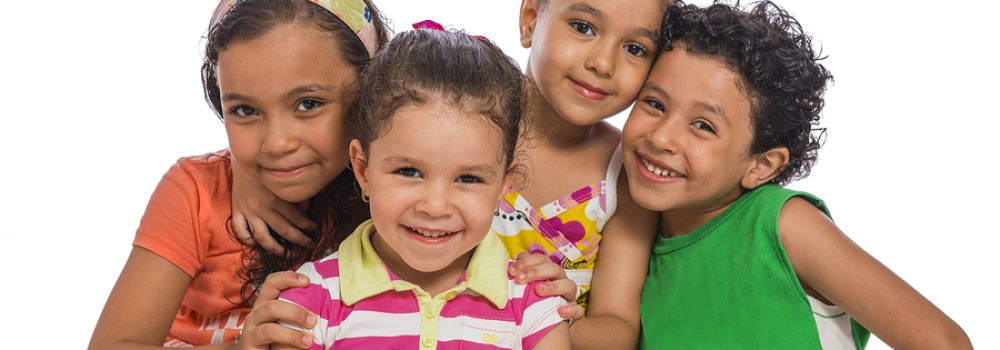Transitions. They are a part of every day for you and for the children. The children are dropped off each morning and picked up in the afternoon. The children have free play and then it is time to transition to lunch. Transitions involve any time the children (and you!) must transition from one activity to the next. You probably know all too well that transitions can be very challenging for some children. But they do not have to be AND can be a wonderful learning opportunity, too!
What exactly is a transition? We touched on this above but will go into more detail here. A transition is a short time period when you are “transitioning” from one activity to another. During a transition time, children are not only moving physically from one activity to another, they must also move mentally during this time as well. Look at your daily schedule and you will see MANY transitions. These include transitioning from breakfast to free play or maybe free play to group time. Washing hands and brushing teeth involve transitions. So does toileting and diapering. Many children have a hard time making these transitions but there are ways to make it easier.
TIPS FOR EASIER TRANSITIONS:
Give a five-minute warning – When children have a five-minute warning, they have time to wrap up what they are involved in and prepare to transition. Let’s face it…if you were in the middle of reading a very good book and someone said to you, “OK. Put the book away right now and let’s wash hands,” you would probably be annoyed. But, if someone said to you, “In five minutes, you will need to stop reading so we can wash hands and get ready for lunch,” you would be able to mentally prepare to stop reading. Some providers use a good, old-fashioned kitchen timer for this purpose so the children can see the time winding down. Others prepare to give a five-minute warning verbally and then follow that up with a three-minute and a one-minute warning to let the children know that the time is quickly coming to wrap things up. Test a few ways and see which works best for your group. Just keep in mind that the key is to use this strategy consistently! If you are going to give a five-minute warning, give a five-minute warning every time and not just randomly.
Sing a song! Recite a rhyme! – Songs and rhymes are great tools to use when helping children transition from one activity to the next. For instance, you might want to use a song to let the children know it is time to wash their hands. Then, every time this transition comes up in the day, you can sing the song. Not only will the children begin to associate the song with the transition, they will also be building both expressive and receptive language skills. Here is an example of a song you might want to sing:
IT’S TIME TO WASH OUR HANDS
(tune: “The Farmer in the Dell”)
It’s time to wash our hands,
It’s time to wash our hands,
Let’s all go toward the sink;
It’s time to wash our hands.
Move in a special way – Use dramatic play and movement to make transitions easier and more fun! Crawl like a caterpillar. Hop like a bunny. Fly like an airplane. There are so many different ways you can incorporate dramatic play and movement into transition times. Invite more advanced children to suggest ways to move as well. This is an excellent way for them to build leadership skills and make independent decisions.
Incorporate math – Count the number of steps it takes to move from indoors to your outdoor play space. Have the children clap their hands 10 times as they move from lunch time to the sink to wash their hands. There are many different ways you can use math during transition times. The children could also look for, and point out, specific shapes as they move. You could also incorporate positional concepts by giving the children specific directions to follow such as, “OK! Let’s all walk around the kitchen table two times and then sit together on the rug for group time.” Put on your thinking cap and we think you will come up with a lot of great ideas as well!
The key to smooth transitions is to plan them just like you do other experiences during the day. Engaging the children as they transition is also a very effective way to reduce conflicts and negative interactions as they move. After all, if everyone is on the floor crawling like caterpillars, they will be so intent on their movements and “pretending” that there will likely be much fewer scuffles AND you will be assured that all of the children are headed where you want them to go!




